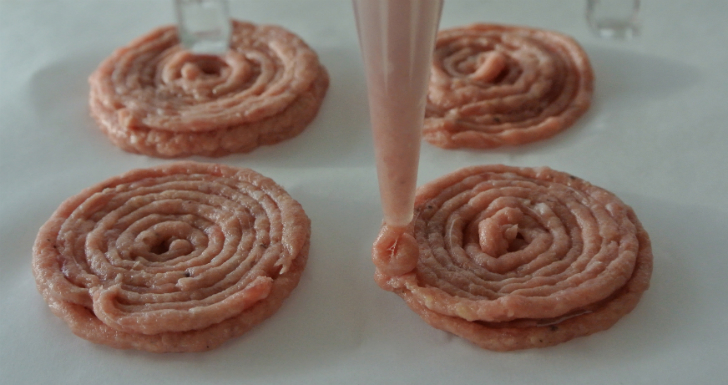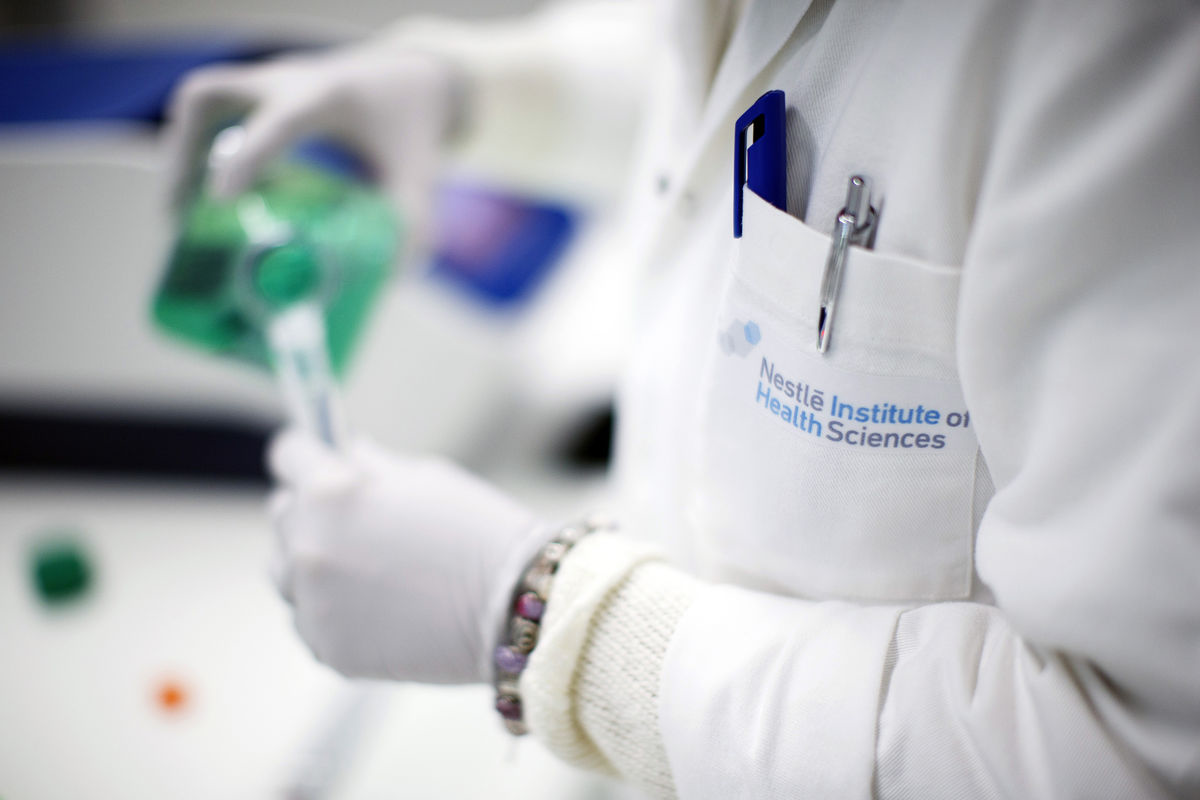Even those of us who have never been in the military know the role of the military chef is a delicate one. We know it from military comic strips such as Beetle Bailey (in Italy, when I was a kid, we had a great one called Sturmtruppen). The cook in Beetle Bailey’s strips, Cookie, drew heavily sarcastic remarks from other soldiers for the horrible quality of the chow. He generally handled it with nonchalance, but in the future, the army chef’s response might become even more insensitive, as it might be a robot – a 3D printer to be exact – that will be preparing the meals.
All easy jokes aside, the US Army is seriously considering using a 3D printer to make the soldiers’ chow. The Army’s Natick Soldier Research, Development and Engineering Center, (NSRDEC), a division of the Natick Soldier Systems Center (NSSC), is responsible for researching, developing, fielding and managing many soldier support systems and items, including food.
As the Army’s website reveals, Lauren Oleksyk, a food technologyst, is investigating 3D printing applications for food processing and development, as head of a research team within the Combat Feeding Directorate (CFD).
“The mission of CFD’s Food Processing, Engineering and Technology team is to advance novel food technologies,” Oleksyk said. “The technologies may or may not originate at NSRDEC, but we will advance them as needed to make them suitable for military field feeding needs. We will do what we can to make them suitable for both military and commercial applications.”
Essentially, 3D printing could reduce the Army’s costs, as it would be used to 3D print food on demand, limiting the need for wasted stock items. Also, it could mean a considerable improvement on the overall quality of food, with the possibility for each soldier to choose his or her favorite dishes and ingredients, or perhaps the ingredients that are most suited for their specific body chemistry requirements.
“Printing of food is definitely a burgeoning science,” Oleksyk said. “It’s currently being done with limited application. People are 3D printing food. In the confectionery industry, they are printing candies and chocolates. Some companies are actually considering 3D printing meat or meat alternatives based on plant products that contain the protein found in meat.”
Oleksyk is certain that food 3D printing technology will advance considerably in the next few years, although she still considers what is possible today – printing food, in which each layer is made up of different ingredients – to be a breakthrough already. 3D printed foods could also be post-processed to be made MRE (Ready-to-Eat) and shelf stable for up to three years, like the current rations. Of course these meals could be refined, made into nutrient-rich foods to be consumed in a warfighter-specific environment, on or near the battlefield.
It appears clear that the Army has already given this a lot of thought and has taken into consideration all current technologies. Beyond the convenience of having a robotic cook, exerting digital control over the precise quantities of vitamins, proteins, carbohydrates and other food groups that compose their meals will give soldiers a definite advantage, especially in the battlefield’s stressful conditions.
Oleksyk’s reaction to the possibilities opened by 3D printing, after having studied them, is the same as for most of us: “I’ve been here long enough to see some of these ‘no ways’ become a reality. Anything is possible.”
My own grandfather served as a cook in the Allied Army during World War II. He was a resident of South Africa when the war began and he participated in the campaign to free Italy form the Nazi-Fascist forces. In fact, that’s how he met my grandmother. It’s funny to think that, if it happened nowadays, my grandfather might have been replaced by a robot. But, hey, anything is possible.





